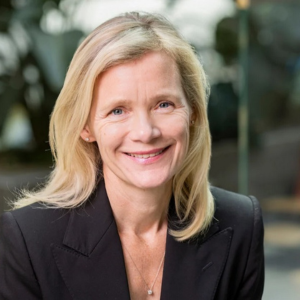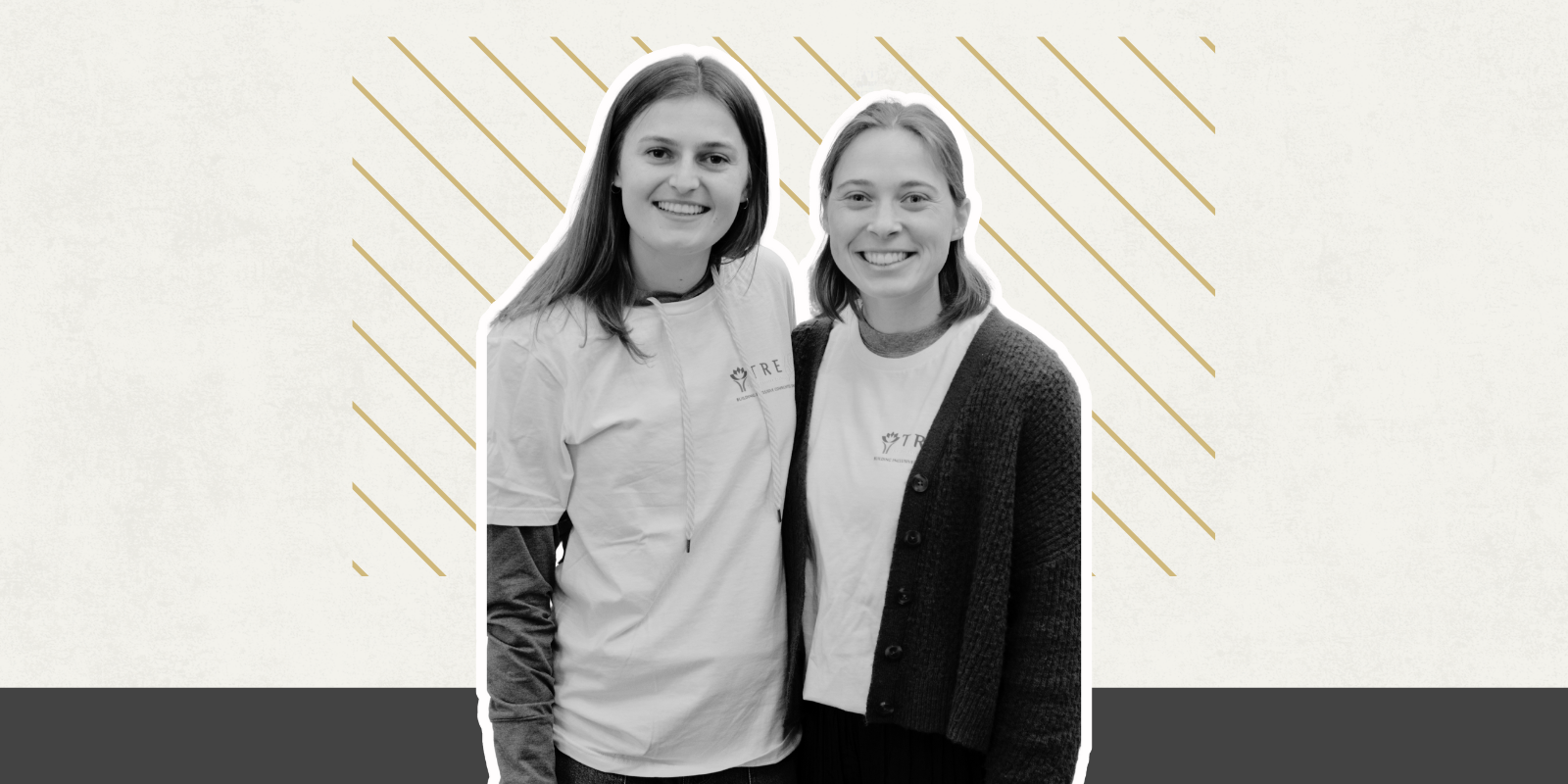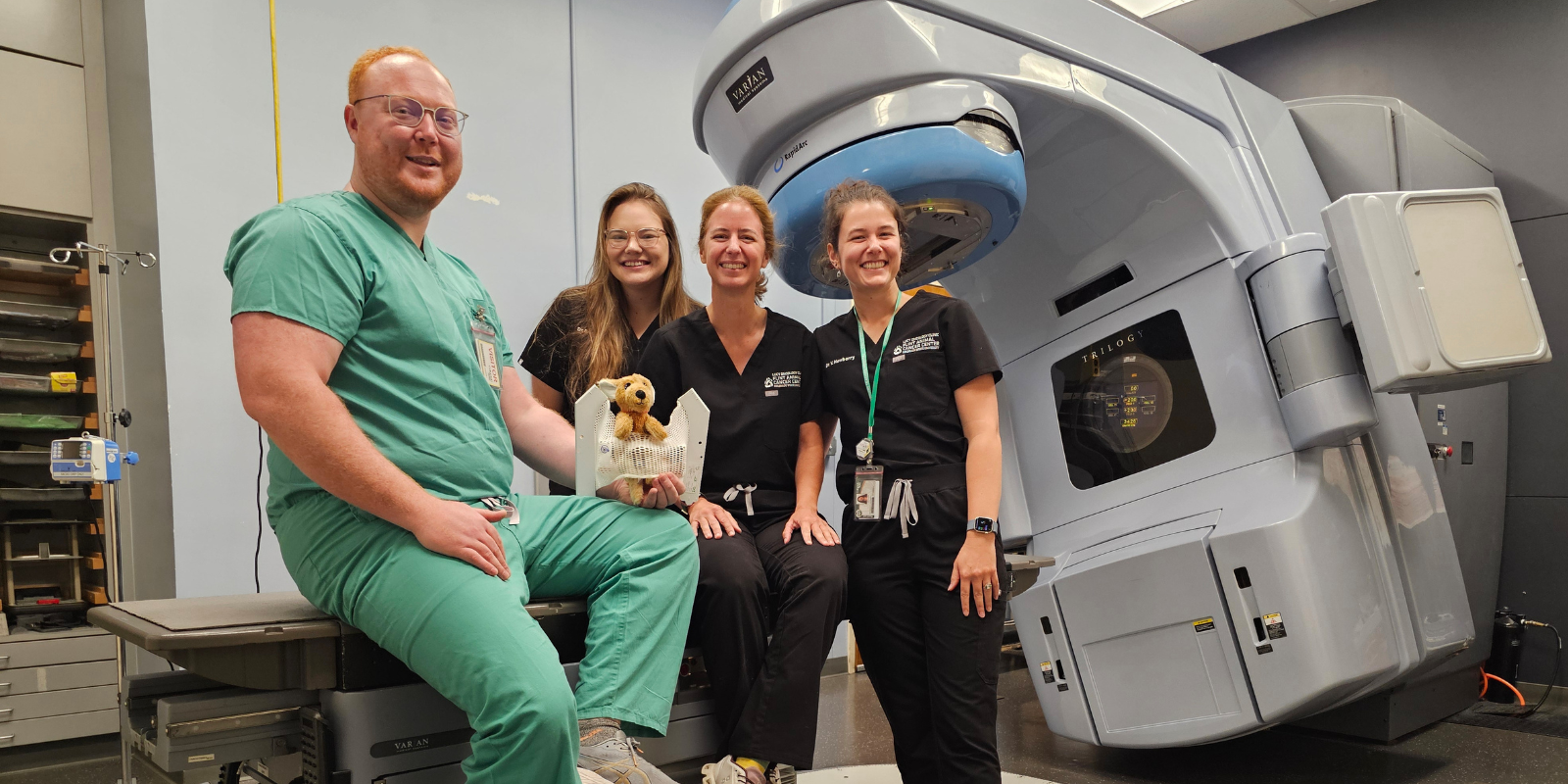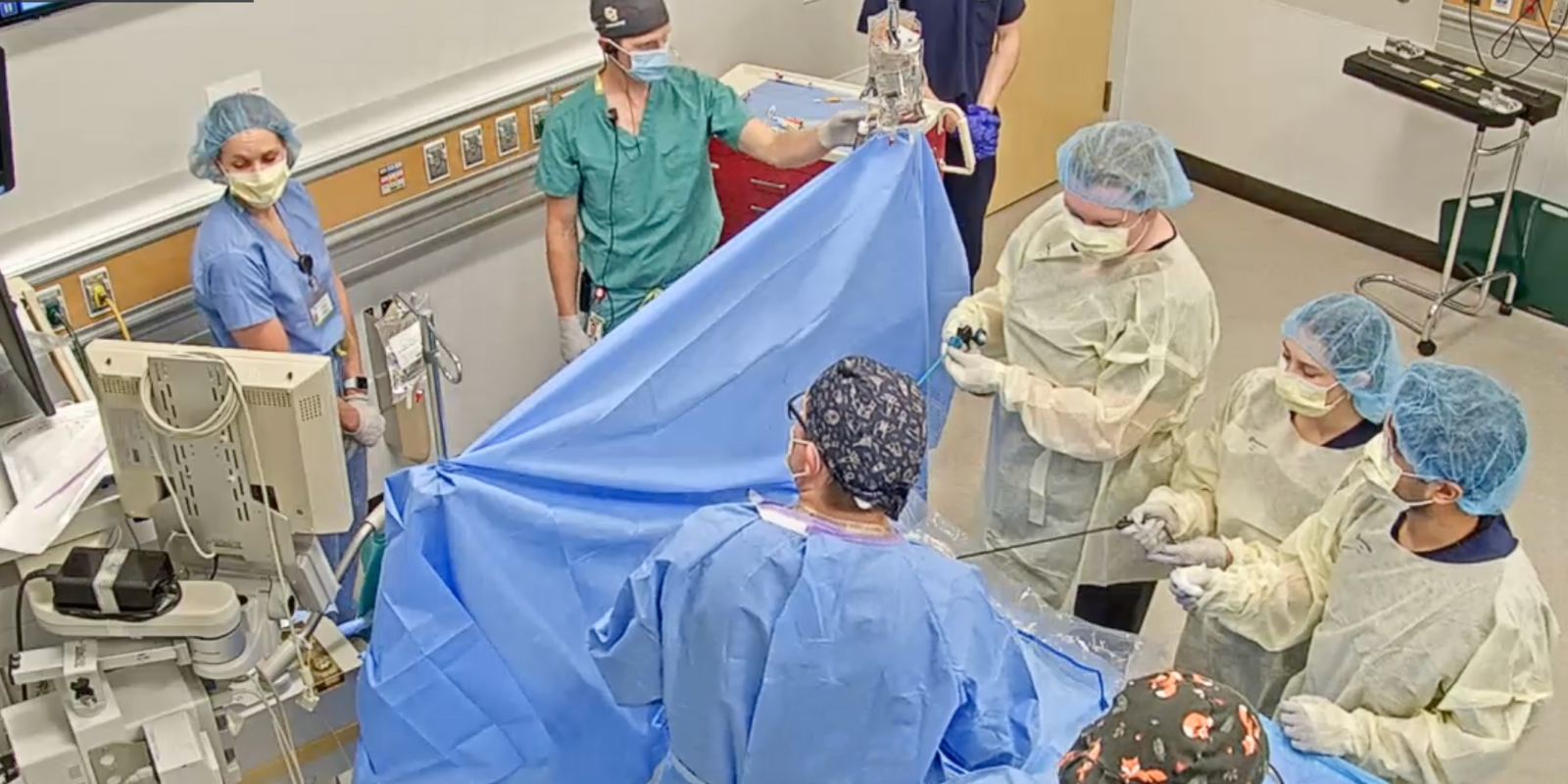A new study led by a University of Colorado School of Medicine leader, drawing on data from more than 45,000 medical students nationwide, investigated whether the prevalence of burnout varied among different groups of students during the height of the COVID-19 pandemic.
The study found that burnout risk did vary by gender, race and ethnicity, and sexual orientation – and not always in ways that might have been expected. And it aligned with earlier research indicating that student burnout did not get appreciably worse through the early years of the deadly viral outbreak.
The study’s lead author is Lotte Dyrbye, MD, MHPE, who has been the CU School of Medicine’s senior associate dean for faculty and chief well-being officer since 2022. She leads the school’s initiatives to reduce burnout among faculty.
→ Lotte Dyrbye on the National Crisis of Physician Burnout: What Can Be Done?
Her new research, published recently in the journal Academic Medicine, drew on national survey results from 45,687 graduating medical students at 139 medical schools nationwide from 2019 to 2021.
Dyrbye – also a professor of internal medicine in the CU Department of Medicine – has long had a research and leadership interest in burnout in the health care field. She previously was co-director of the Mayo Clinic’s Program on Physician Well-Being. She has authored more than 130 publications on the topic. And she was co-author of “Taking Action Against Clinician Burnout: A Systems Approach to Professional Well-Being,” a consensus study for the National Academy of Medicine.
‘A lot of stressors’
According to Dyrbye, the prevalence of burnout among medical students “can be upwards of 50%, depending on the study.”
Research has shown, she says, that “it’s not that the wrong people are being let into medical school, that somehow they’re not resilient or don’t have grit. It’s that the learning and work environment has a lot of stressors. We’re asking them to learn an enormous amount of information. And each year, we ask them to learn more and more. Plus, during their clinical experiences, they often encounter the same stressors that clinicians face when caring for patients, such as challenges with the electronic health record and staff shortages.”
→ Research Finds Novel Block Training Schedule May Reduce Resident Burnout
For the purposes of her research, Dyrbye follows the World Health Organization’s definition of burnout as an “occupational phenomenon” resulting from “chronic workplace stress that has not been successfully managed.” The WHO says burnout is “characterized by three dimensions: feelings of energy depletion or exhaustion; increased mental distance from one’s job, or feelings of negativism or cynicism related to one's job; and reduced professional efficacy.”
‘A lot happening’
Recently, Dyrbye’s research has focused on whether the COVID-19 pandemic had an impact on burnout prevalence.
For students faced with the already stressful burden of medical school, the pandemic caused “substantial disruptions to their learning experiences,” with long periods of remote learning and physical isolation from mentors, peers, and support networks, the new study says. It notes that early in the worldwide crisis, “little was known about the virus and personal protective equipment was often scarce,” potentially adding to students’ stress.
Despite those factors, Dyrbye’s previous research, drawing on the same large dataset as the new study, found that the overall prevalence of burnout among U.S. medical students did not substantially worsen through the early years of the pandemic. The new paper upholds that finding.
→ Coaching Program Reduces Burnout in Medical Residents
Nevertheless, Dyrbye still wanted to know if burnout levels differed among subsets of students during those years. She says previous studies have been inconsistent in reporting how burnout risk might vary from group to group.
“There was a lot happening in the sociopolitical climate at that time, and there were lots of reports of mistreatment of health care workers – particularly our Asian colleagues – by patients, families, and visitors,” she says. “And also there was a huge disparity in the prevalence, the severity, and the deaths due to COVID-19 that disproportionately impacted racial and ethnic minority groups. So we hypothesized that our medical students from more historically underrepresented groups may have a very different experience than students who identify as white because of these stressors at the time.”
Measuring exhaustion and disengagement
The new paper drew largely on students’ responses to Association of American Medical Colleges graduation questionnaires from 2019 to 2021. The survey is sent each year to everyone graduating from an MD-granting medical school. The huge sample size of tens of thousands of students allowed Dyrbye to produce more statistically meaningful results on various subgroups than previous studies, she says.
Burnout was assessed through responses to a modified version of a tool known as the Oldenburg Burnout Inventory, in which respondents indicate how much they agree or disagree with a series of statements assessing levels of exhaustion and disengagement (negative attitudes).
Dyrbye and her colleagues found a generally higher risk of burnout among graduating medical students who identified as male, Asian, Black/African American, or of a sexual minority group. The risk was lower among female, Hispanic, white, and heterosexual/straight students.
“The takeaway is, we did see differences in the odds of burnout by various demographics in terms of people’s gender, race, ethnicity and sexual orientation during this three-year timeframe,” Dyrbye says. “But it’s also important that, despite all the enormous stress that was happening during the pandemic, the burnout scores of medical students were stable through the pandemic, and maybe even a little bit better, even across all of these groups.”
So why did burnout scores stay stable? “Well, I like to put on my educator hat and say it’s because we leaders in education did such a tremendous job in being supportive and helping students to manage stress and chaos through this period,” Dyrbye says. “And that might be true to a degree. It may also be that some of the students’ study and work stress was less than for previous cohorts during COVID-19 because of different educational experiences, such as remote or online classes instead of in-person clinical experiences. We can’t really tell from these data. That will take a different kind of study.”
Questions remaining
Still to be answered is why different groups of students experience different risk of burnout, although the study does note that “racial and ethnic minority medical students and physicians are more likely to be subjugated to discrimination and harassment in the health care setting than white students and physicians.” It says that “additional studies are needed to elucidate possible contributing factors, so that a more supportive and lower-stress learning environment can be built.”
The study notes that the finding of lower burnout prevalence among female medical students than for males runs counter to “some, but not all,” previous studies showing a higher risk among women students. It also cites other studies noting higher burnout risk for both female residents and practicing physicians. These higher risks often go away after controlling for suboptimal experiences in the work environment, Dyrbye says. For example, after adjusting for mistreatment, gender differences typically go away.
As for the finding that Hispanic medical students are at lower burnout risk than other groups, the reasons are “unclear and should be explored further,” the study says.
Dyrbye says the new study emphasizes the importance of the CU School of Medicine faculty and leadership development programs she oversees because “clinical faculty have a big role to play in shaping the learning environment for medical students. The better we support educators with resources, development, and tools to promote a positive learning environment, the less stress their students will have, and the more their students will be equipped to develop into competent, compassionate, and thriving physicians."




